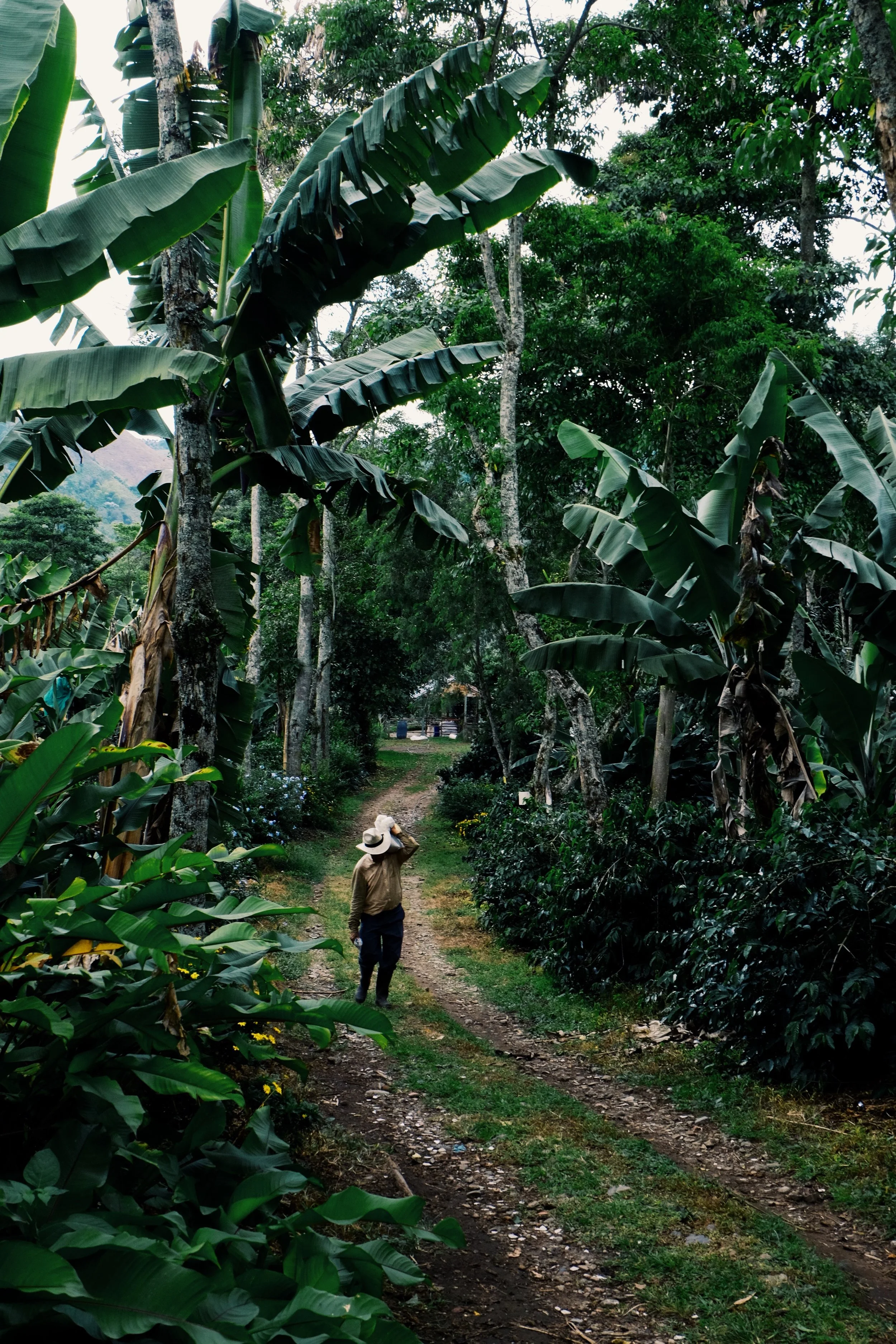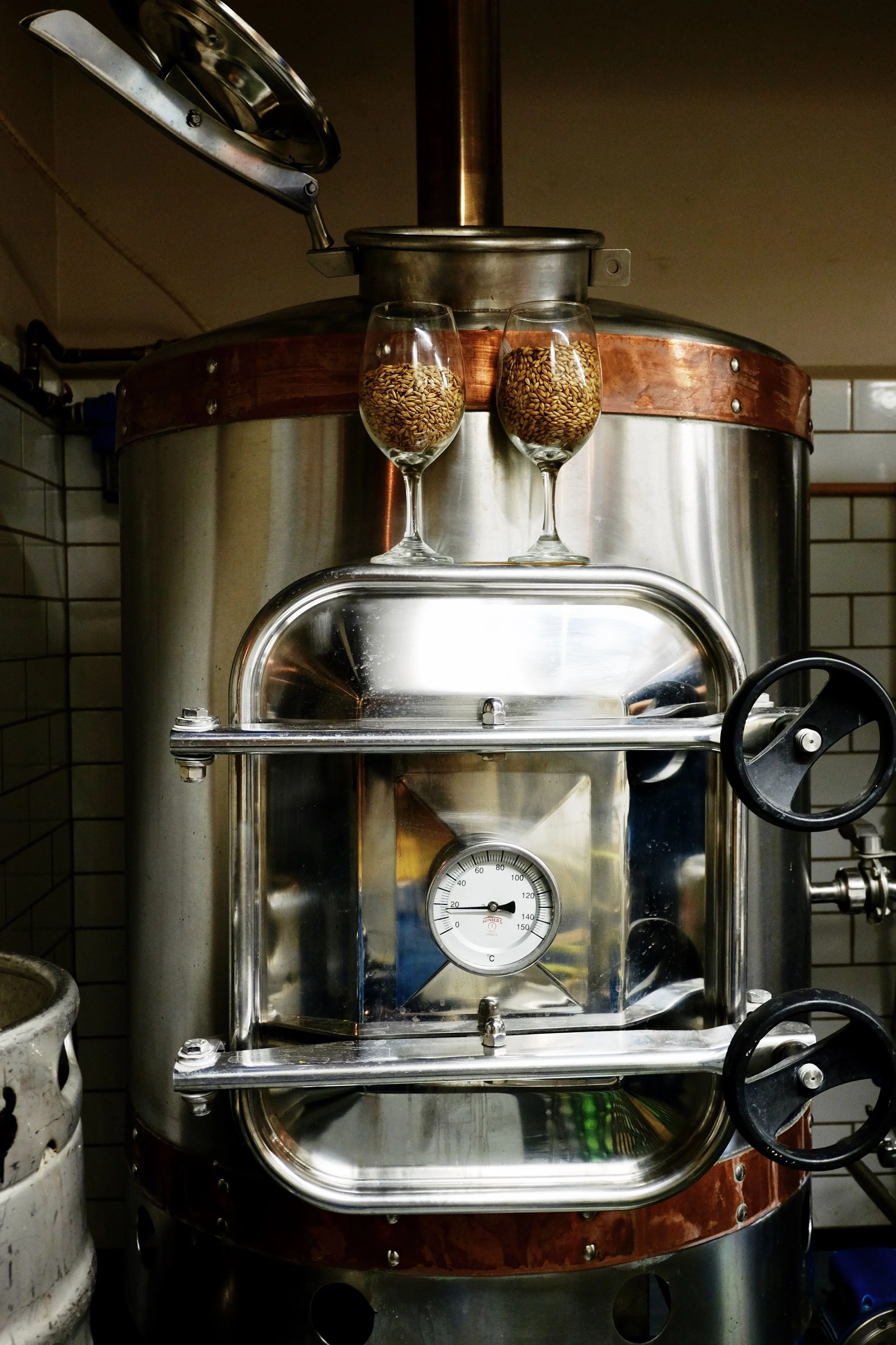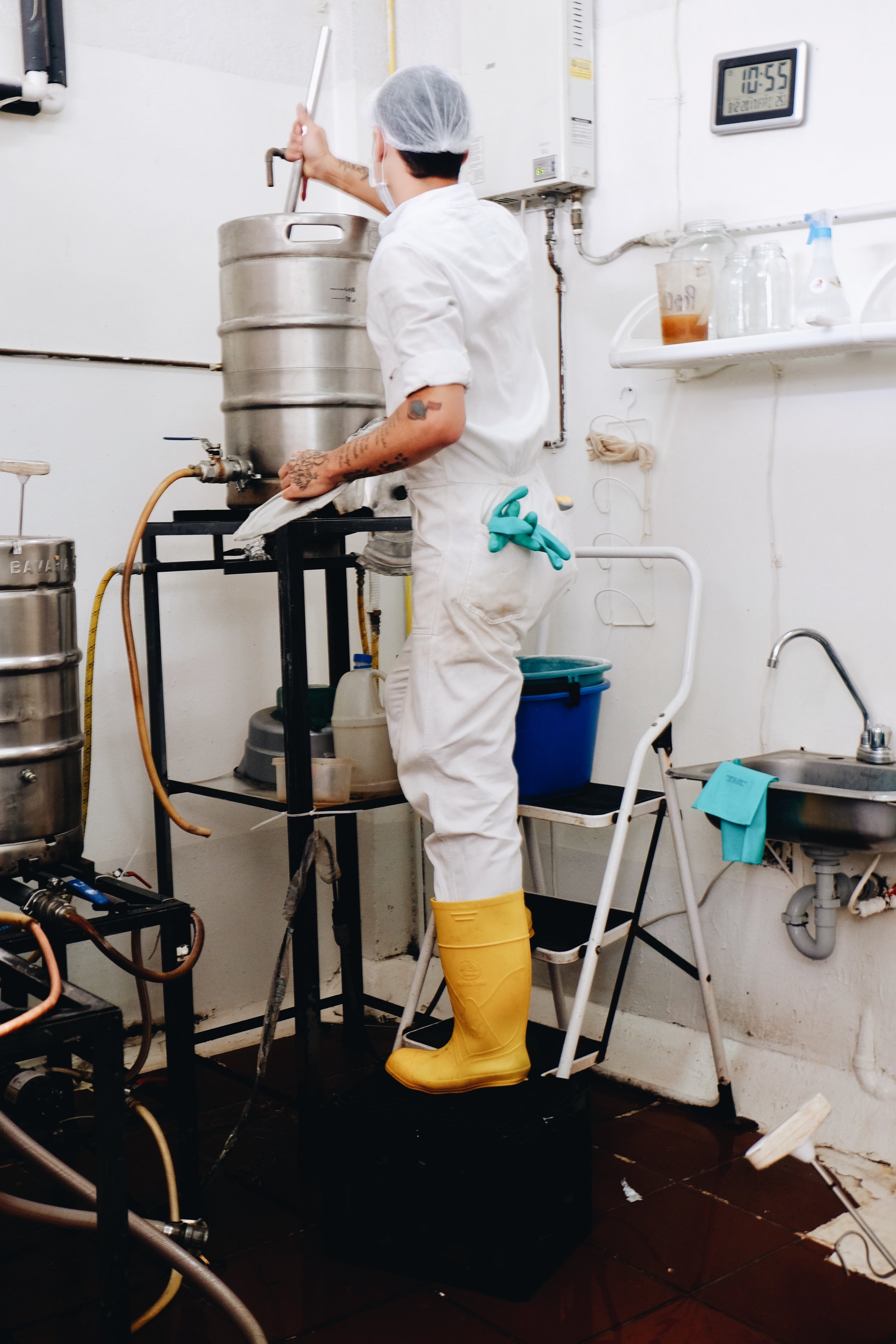Laboring for a Cup
With an extensive to do list as my alibi, I attempted to weasel out of writing this blog post. My husband, a writer who has me swooning every time I read a paragraph of his, continued to insist that I write this post. I cringe placing my satirical writing style next to his publishable content; however, due to my great love for him, I have decided that finishing this will be my Valentine’s Day gift to him. You’re welcome hunny bun.
People of all ages throughout the world claim they need coffee to function every morning of their lives. Sometimes an indulgence, others social (friends or quick dates to test the water), and often out of sheer desperation to keep up with the pace of 21st Century life, coffee is an inseparable part of human culture. Instagram alone will prove this human obsession, as you can see it has been tagged in 83,965,431+ photos! I wonder how many of these addicts actually know what a coffee plant looks like? Do they know it comes from a voluptuous, silky, green-leafed plant that grows in the jungle? I had never really thought about it. When our guide, Jose, put a soft, rose colored cherry in my hand, I did not expect to squeeze out three small, ivory beans requiring several years to get from the ground to your mug. Reflecting on my own coffee consumption, influenced primarily by the catchiest bag or branding, I felt pretty ignorant in light of this new experience.
When we arrived to Colombia we had no intention of visiting the coffee region (we prioritized beer related opportunities), but people continuously suggested otherwise. One evening in Bogota while chatting with a brewery owner and sipping his roasty, bitter chocolate porter, he asked us if we were visiting the coffee region. We told him we were not, but he insisted to a point where we changed our minds.
Out of the three cities in the coffee triangle we chose Salento - for it’s charm and seclusion. We spent a day hiking through the Corcora Valley, beneath the tall and twiggy Quindio Wax Palms (Colombia’s national tree) and, above that, through a dense jungle into the clouds. Removed from the chaos of sprawling cities, we found the solitude absent from our lives since arriving to Colombia. The following day we gave our feet a break and on horseback explored a deep canyon, along a rocky, crystalline river and up to a waterfall cascading from a mossy slit in the gorge. We ended that day with beers and a game of Tejo (think cornhole but with rocks instead of sandbags, and gunpowder explosions when you score). Salento’s surroundings felt like a tropical jungle, but filled with palm trees, ferns, and coffee plants. You can expect low hanging clouds and an afternoon downpour most days, but when the clouds break and the sun appears, the many shades of green leave you speechless.
While enjoying our morning coffee on our Airbnb’s patio during our last morning in Salento I experienced a moment of panic realizing I had not booked a coffee tour - something I obviously should have planned in advance, since we did come to this region specifically for the coffee! I frantically called several farms, and in less than impressive Spanish discovered that three of my four choices were completely booked. Thanks to Trip Advisor - and my Spanish of course - our last option came through. Finca El Ocaso had tours in English every other hour, which we both agreed would be useful.
Without a car in Salento your only option to reach your destinations is by a Willy Jeep. Taking a Willy is cheap, because you sacrifice 85% of your personal space. This means squeezing as many bodies in this medium sized vehicle as physically possible: three bodies up front, eight in the back on two benches, and three standing up on the back bumper holding on to the cage. Seat belts don’t seem to be required here. It was a butt aching 20 minute ride where we were forced to eliminate the awkwardness by having the inevitably redundant conversation among fellow travelers: "Where are you from, how long are you here, where do you go next." Out of the large group, only Sam and I climbed out when we reached the first destination. The first thing I noticed were the dark clouds in the distance, clearly saturated and carrying rain. Maybe we’ll get lucky! I then I thought about the rest of my luck in South America…
At the end of a gravel driveway there was a two story white building with a red, wrap-around porch. There was lodging on the second floor and a store/cafe on the first. In close proximity stood a few smaller buildings used for production, and, all around, hilly acres full of climbing dark green plants filled the horizon. Our group of 10 sat down on a few benches below an awning in the coffee jungle and received a quick brief about their coffee farm. I watched the dark clouds creep in slowly as we learned about the hundreds of coffee plant varieties in existence. It’s an extensive process, requiring years to complete the process from seed to consumption, and each bean is held by many hands in different places before it reaches your mug every morning. I would say more extensive than the production of beer. I quickly learned how little I knew about coffee.
We walked through a few rows of coffee plants and I admired their organic strategy for protecting the plants: the ground is covered in fallen leaves, utilized as a natural filtration system for heavy rains a bug repellent for the roots; various trees twice the height of the coffee plants shaded them from the sun, and distracted the birds from the sweet cherries that grew below. Next, we strapped baskets to our waste and had 10 minutes to cherry pick. As Sam casually snapped photos, I had my own competition quickly yet carefully picking. When our time was up Jose selected several good looking cherries from each of our baskets. He then opened one of the selected, plucking out a single worm the size of a small rice grain. These were deemed non consumable. The remainder of the cherries went through a mill which separated the beans. The waste would go into a fertilization pile, and the beans would move on to the next stage of the process.
As we walked to the tasting room we walked through some flowers and Jose pointed to Colombia’s national flower, a white and purple orchid. He then stopped next to a cone shaped spongey textured orange plant: “This is a Maraca flower, natives use it to keep away the mosquitos.” He rung it out with his hands like a rag and a clear liquid dripped out. “Smell”, he instructed. It had a tropically sweet scent with a spicy finish. I wanted to bathe in it. I wondered why some white girl had yet to produce an all natural mosquito repellent out of this, selling it for millions to Whole Foods. I stowed that thought away with the other random, unrelated business ideas.
After learning about the many other complex processes (there are a lot, go read about them!), we sat down in the tasting area. Sam volunteered to grind all of the beans for the group, which turned out to be a sweaty process with the old school hand mill. Jose then demonstrated how to make the perfect cup of pour-over coffee. The entire group quickly learned they had never made a proper cup of coffee: “Don’t freeze the grounds; don’t boil the water; carefully and slowly pour the water over the coffee in circles.” Jose’s result was a soft, semi-chocolatey cup of Colombian brew with a fruity bitterless finish (something you never find in the “coffee meca” of Seattle).
After enjoying every drop of that cup, our hour was up and we were climbing back into the Willy. The dark clouds now consumed the entire sky, but still no drops. Sardined in the truck, golf ball droplets slowly dropped and the rate continued to accelerate. The cloth top was rolled back and we began shouting for cover from the torrential downpour. Clearly the driver knew why we were all panicking but chose to ignore us for the first five minutes. Removing the Swedish girl sitting on my thighs (it made for an intimate ride back), we caught a break in the rain and sprinted to the bus station to buy our tickets for the evening. As we left the ticket counter the downpour resumed. We ran underneath the closest cover, drank a beer, played some Connect Four with a bar owner, and watched the rain fall around our thatched roof island, thankful to have made the trip to Salento and sad to say farewell to its green hills in the clouds.








